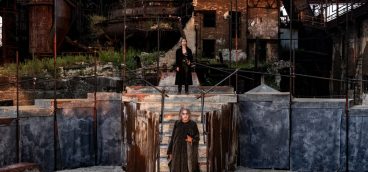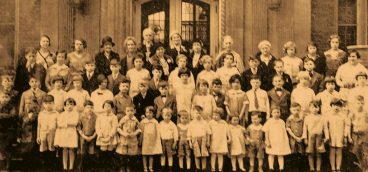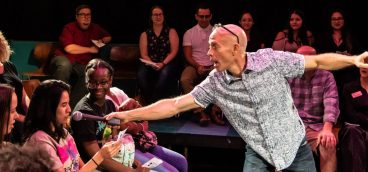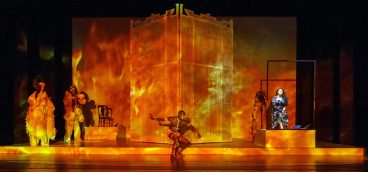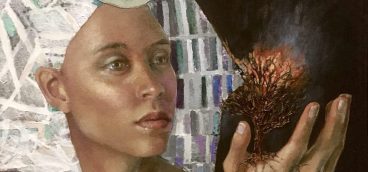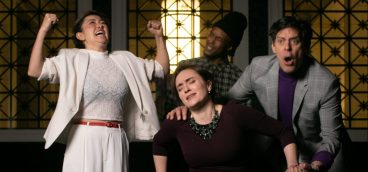Saving a Pittsburgh Arts Center
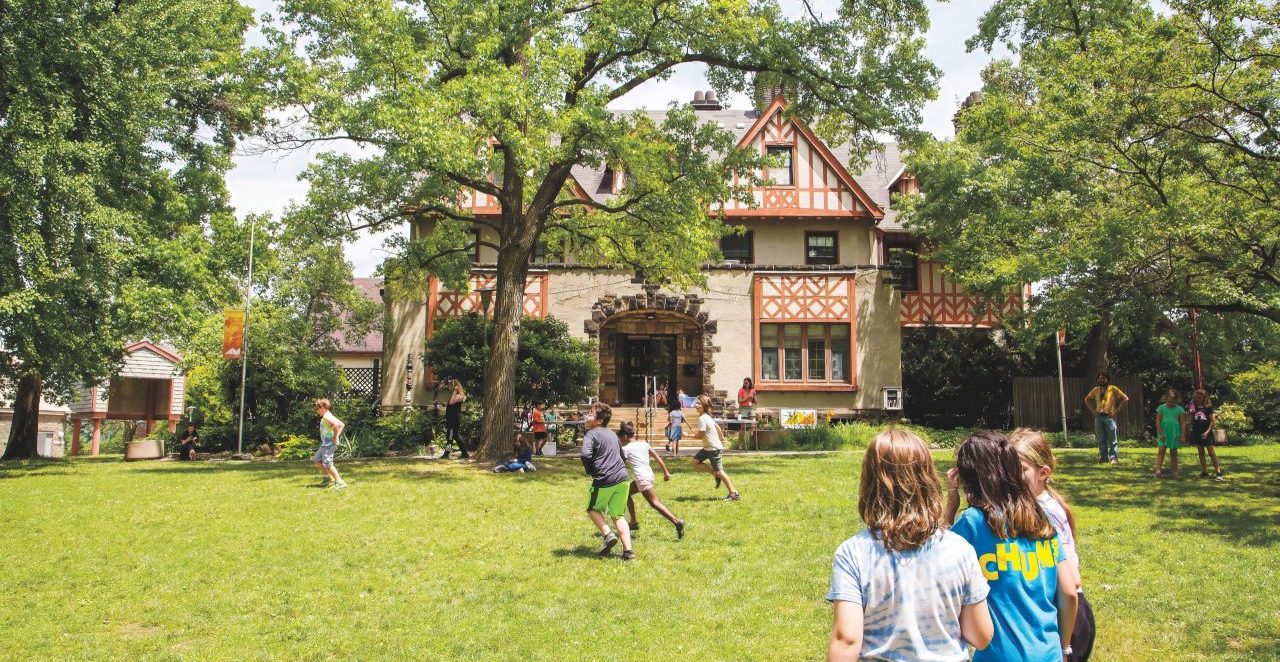
For Jennifer McNulty, Kyle Houser and a small band of arts devotees, the past three years have offered a consuming challenge: How could they save and restore to life a Pittsburgh institution, which they love and which they believe will play a key role in revitalizing the city?
McNulty is co-president of the board and Houser is executive director of the Pittsburgh Center for the Arts and Media, which has been one of the city’s key community arts organizations since its founding just after World War II. They and others took on the task of rescuing the Center from the four years (2015-2019) that could be described as an unrelenting disaster.
Overreach and lax oversight led to a financial crisis. Old failed leaders were replaced by soon-to-be-failed leaders. Nearly all the funders bailed. By the end of 2019, the future looked bleak. And that was before the pandemic, which seemed poised to deliver a mercy killing, a coup de grâce to put it out of its misery.
So how did it come to be that this group of artists, against all odds and without a tremendous amount of external support, righted the ship and became financially self-sustaining? How is it that this fall the Center is offering more classes to more people than ever in its nearly 80-year history? And how has it come back to play the key role as an educational community arts center, even more so than the heavily endowed Carnegie Museum of Art?
***
When Kyle Houser joined the Center as a part-time ceramics instructor 11 years ago, he’d taught middle and high school art, earned an MFA in ceramics and drawing, and been an adjunct at Indiana University of Pennsylvania and instructor at Community College of Allegheny County. When a teaching spot opened at the Center, he saw an opportunity. He rose from part-time instructor to education director, and witnessed the Center’s disintegration from the inside. At the end of 2019, after another restructuring, he was asked to step into the role of executive director. Immediately, he and then-board president Christine Holtz sat through 42 staff terminations.
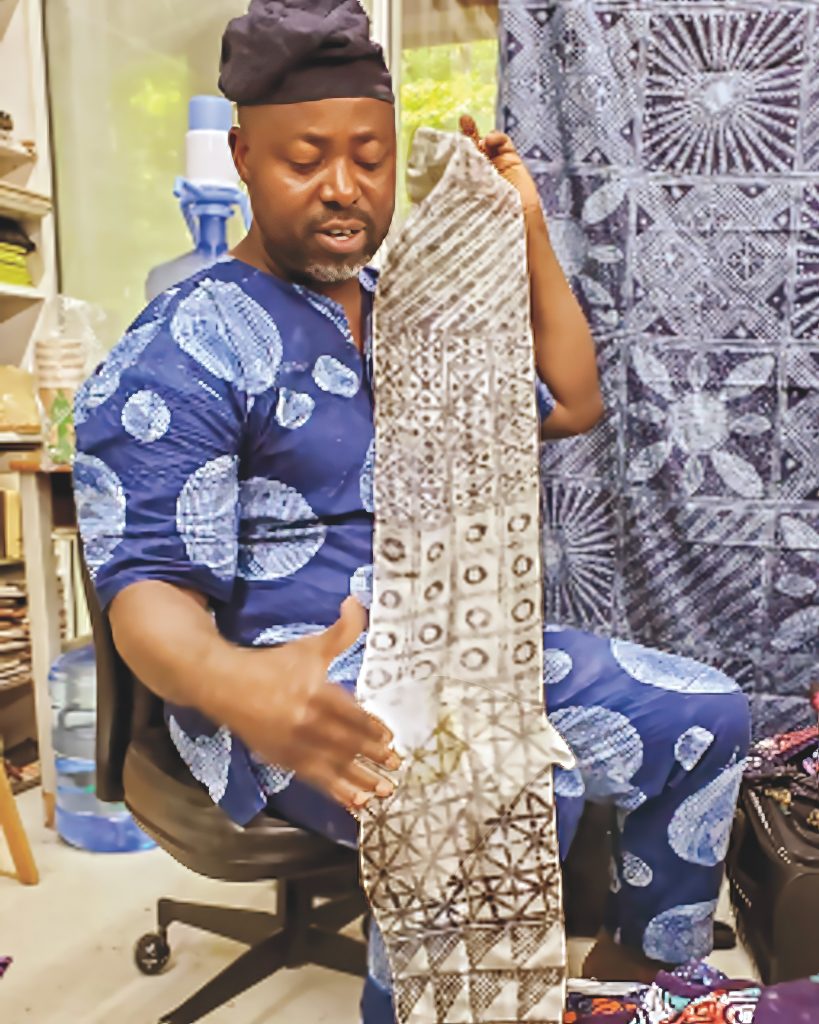
workshops at the Center.
“That was a difficult way to start,” Houser said. “It was horrible, catastrophic, terrible. Our reputation was down the toilet. From the outside it looked like we were gutting the company for no reason — but financially it had been hemorrhaging money for many years. And we were trying to save the Center and make it sustainable.”
Over time, the operating budget moved from $4 million to $3 million, then $2 million. In late 2018, the Center sold its building on Melwood Avenue in Oakland for $3.75 million to reduce debt. In late 2019, it ceased programming operations at both the Harris and Regent Square theaters, and ultimately sold the Regent Square property. The Center also vacated the landmark yellow Marshall Mansion in Mellon Park, which it long had leased from the city, and consolidated operations into the adjacent Scaife Mansion.
“We started 2020 with a budget under a million,” Houser said. “In 2020, I had no more funders. Everyone had pulled out. The only thing left was a state-funded program: Artists in Schools and Communities. But I understood what we needed to do — rebuild bridges and regain trust. I’m a hard-headed person, and I’d worked at a lot of art places. This was a real opportunity to imagine what this historic art center could be. And I took that challenge. I like the history here, and I like the people. I’m not doing this because I’m making millions. I’m deeply involved in the arts, and I’m a believer.”
At its leanest, the Center was down to four full-time staff and two part-timers. As Houser said, “The pandemic was brutal. I had to furlough everyone as we were trying to get this thing off the ground again and make really hard decisions about what was working and what wasn’t. In 2021, we limped along, trying to keep people interested, but also keep people safe. As we eased into 2022, we saw our numbers really increase, and we offered more daytime programming. People’s priorities were different and still are; they wanted to take care of themselves and try something new.”
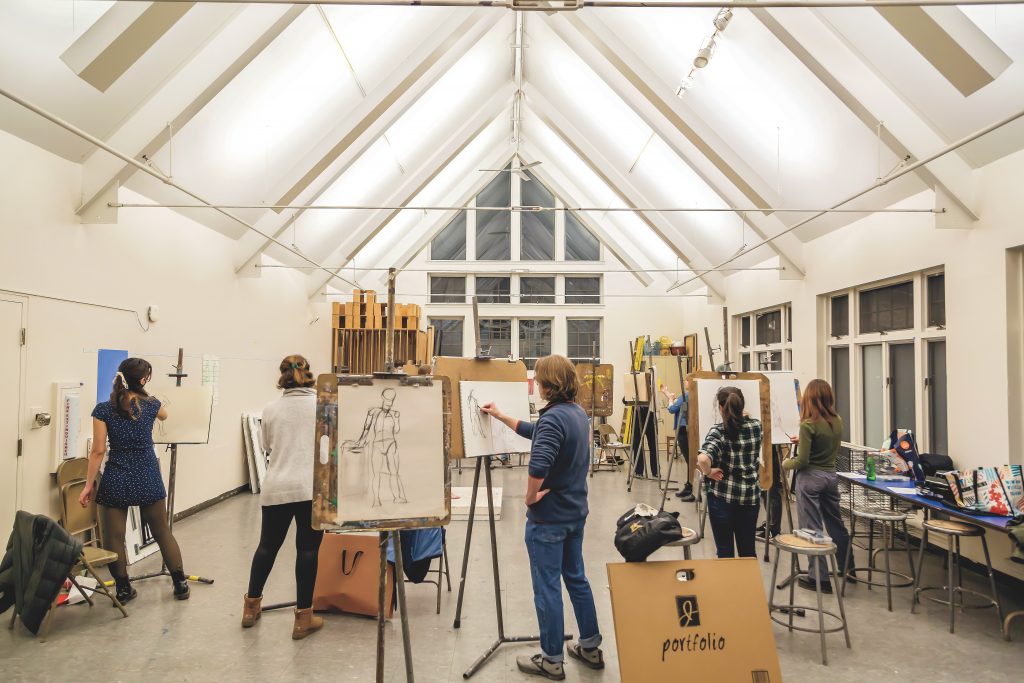
The team reworked the organization, and McNulty and previous board chair Kathleen Whitney oversaw the creation of a new strategic plan. They surveyed various constituent groups, asking how they could serve the artistic community better, including neighboring organizations, teaching artists, members, and students who stuck with the Center. From subsequent meetings they created consensus and ultimately forged a new path forward. The plan calls for basing its revenue stream through expanded classes, increasing access to engage more Pittsburghers, and to expand stewardship of the facility they call home, while making the best use of its Mellon Park location.
The Center exceeded projections each quarter last year, and this year they’ve reached historic numbers for enrollment. During the summer, 80 camps were held over 10 weeks, and this fall they’re offering 88 classes and workshops, the most in the Center’s history. Annually, the Center presents four public exhibitions and hosts three outdoor art markets — spring, late summer, and a holiday market each December — and these free-to-the-public events provide the best possible marketing to show they’re still here and expanding.
“We’ve worked diligently to bring the funders back, and we couldn’t have gotten here without the support of RAD (Allegheny County Regional Asset District), the Hillman Foundation, the Heinz Endowments, and Pennsylvania Council on the Arts. We want to grow our artists’ services. We’re not looking to enlarge the size of the organization internally, but we are dealing with a lot more people. Based on two years of data, we’re back.”
***
A designer and plein air painter, Jennifer McNulty took her first class at the Center as a student at Carnegie Mellon University. In the intervening years, she’s taken courses ranging from life drawing and calligraphy to poetry and madrigal singing. Most recently, it’s been workshops in printmaking. She credits previous board chairs Holtz and Whitney for holding the Center together and stabilizing the organization.
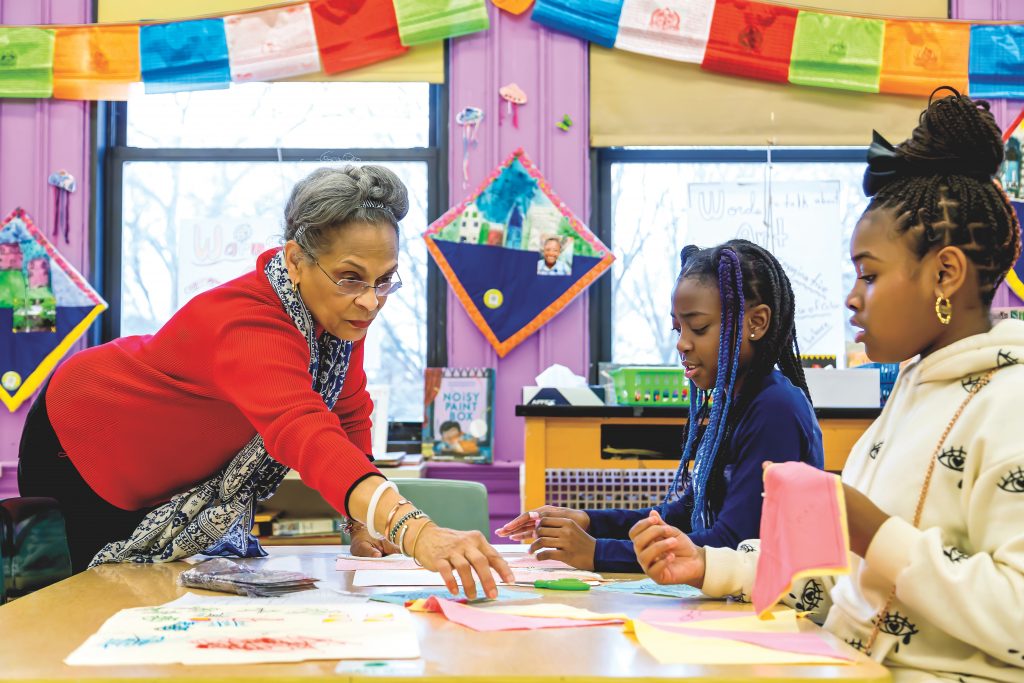
Through the Center’s Artists in Schools & Communities outreach program, Tina Williams Brewer has been a teaching artist at Linden Elementary for the past 20 years. This is made possible in partnership with the PA Council on the Arts and engages more than 40 Pittsburgh artists.
“It was a trying time, and the whole place was in upheaval,” she said. “A neighbor recommended me for the board. I’d taken classes for almost 20 years, on and off. I never really had a handle on how it was run, but I love the place. So, I said yes.”
She joined the board in February 2021, and became co-board president this year, along with Shannon Coleman, a psychologist and ceramicist. They’ve worked together to expand the board, and the implementation of the new strategic plan is going well. The board analyzed the small incremental costs of opening on Sundays, and now the Center is open seven days a week, allowing it to continue expanding its course offerings and meet surging demand.
“We are a community arts nonprofit and we’ve worked diligently to turn the Center around,” McNulty said. “We’ve streamlined our finances. Our staff is hardworking and people wear a lot of hats. We have class wait lists, a growing membership, and are finally poised to take this organization to the next level.”
The next step is finalizing a renewed lease with the City of Pittsburgh, something that has been on hold because of the pandemic and also the change in city administrations. The new team at the Pittsburgh Center for the Arts and Media hopes that the Gainey administration recognizes the value that a thriving center for the arts brings to citizens and artists of all ages.
“I care about arts education. It’s essential to expose children to arts and culture, and not just in a passive way, but for them to actually make the sounds of music and the brush strokes of art. And we offer that, in 10 different disciplines. We have dynamic teachers who make a real difference, especially to kids. But children represent just one aspect.
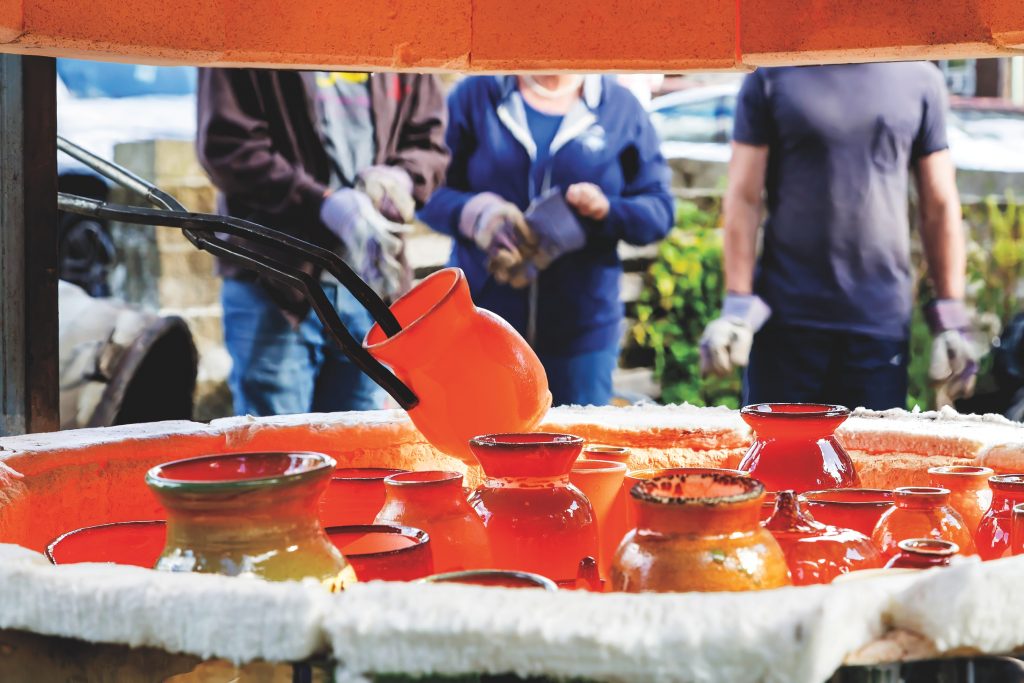
“I believe it’s a healthy act when people create. I’ve taken classes alongside folks of all ages and from all corners of Pittsburgh, coming here for stress relief and to tap into their artistic side. For some it’s a matter of experiencing and experimenting, and may go no farther than that. But anyone who actively cultivates their skills can do more here: exhibit work, participate in market events, sell in our new shop. This place is a hub for making, learning and connecting — all the things that it means to be an artist.”
McNulty also believes that the reinvigorated Center can play an essential role in the city’s prospects for growth, retention and quality of life: “A city of our size should have a major arts center, which is absolutely necessary for Pittsburgh to be a place where people want to stay for the long term and creatively thrive.”
(Fall classes enrolling now at: pghartsmedia.org; The Shop, featuring artist-made wares, is open daily from 10 a.m.; Annual “yART Sale” art market: Aug. 26, 10-4 p.m.; Winter Holiday Market: Dec. 9, 2023.)



